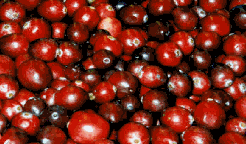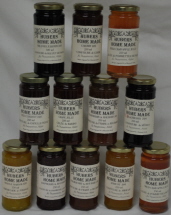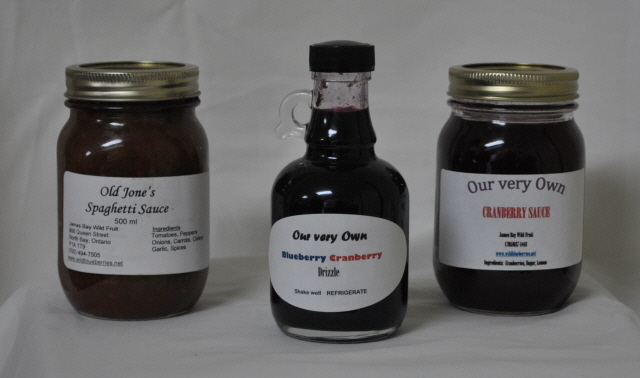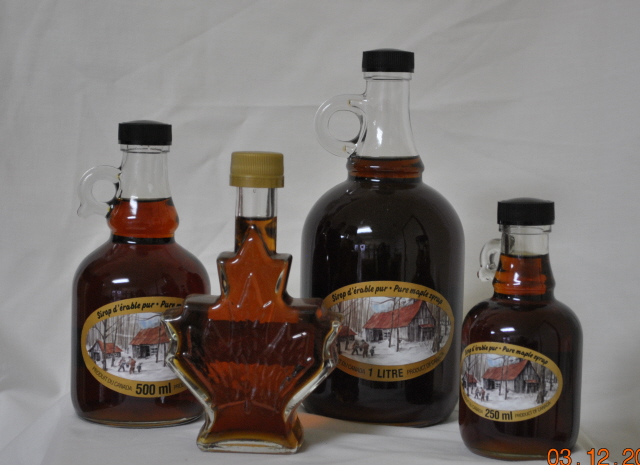|
|

 There are six
species of Sugar Maple trees. They thrive on steep, rich soils and
during long, bitter winters. Each autumn, the tree provides a
spectacular treat when its leaves turn color, painting the landscape
with yellow, orange and scarlet. There are six
species of Sugar Maple trees. They thrive on steep, rich soils and
during long, bitter winters. Each autumn, the tree provides a
spectacular treat when its leaves turn color, painting the landscape
with yellow, orange and scarlet.
The main maple producing tree is known as the Sugar Maple, or Hard
Maple (also known as acer saccarum) which is the best provider of the
highest quality sap. It grows as tall as 100 feet and is valued for
it’s ornamental shade. It is also used in the production of fine
furniture.
A few of the other main types of maple trees are The Red Maple (acer
rubrum or Swamp Maple), The Silver Maple (or Soft Maple) and The Ash
Leafed Maple (or Box Elder)
The Sugar Maple is the main producing tree. The sap from the sugar
maple contains about 2% sugar, while saps from others contain half to
two thirds as much. As well, the syrup made from other saps are darker
and less flavorful.
While these species of trees can be found in several areas of the
world, they mainly find their proper climatic environment for maple
sugaring in parts of southern Ontario, the Province of Quebec, the
Maritimes in Canada as well as the New England States in the USA, and
ten other states as far west as Wisconsin and Minnesota.
 Sugar Maples can
reach a tappable size, under the best conditions, in about 40 years.
Carefully tapped, a tree will give, drop by drop, about 12 quarts
(litres) of sap on a warm spring day, and could continue to give sap
for a century. During the maple sugaring season, which lasts about 6
weeks, an average maple tree will yield between 35 and 50 quarts
(litres) of sap, which will produce between 1 and 1.5 quarts (litres)
of Pure Maple Syrup. Sugar Maples can
reach a tappable size, under the best conditions, in about 40 years.
Carefully tapped, a tree will give, drop by drop, about 12 quarts
(litres) of sap on a warm spring day, and could continue to give sap
for a century. During the maple sugaring season, which lasts about 6
weeks, an average maple tree will yield between 35 and 50 quarts
(litres) of sap, which will produce between 1 and 1.5 quarts (litres)
of Pure Maple Syrup.
If
It's
Not From The Forest, It's Not
Wild!
Mike Poulin,
|







|
|